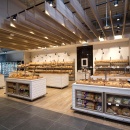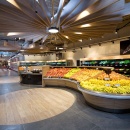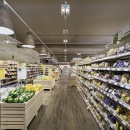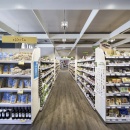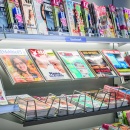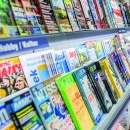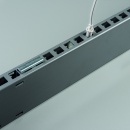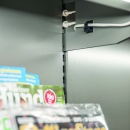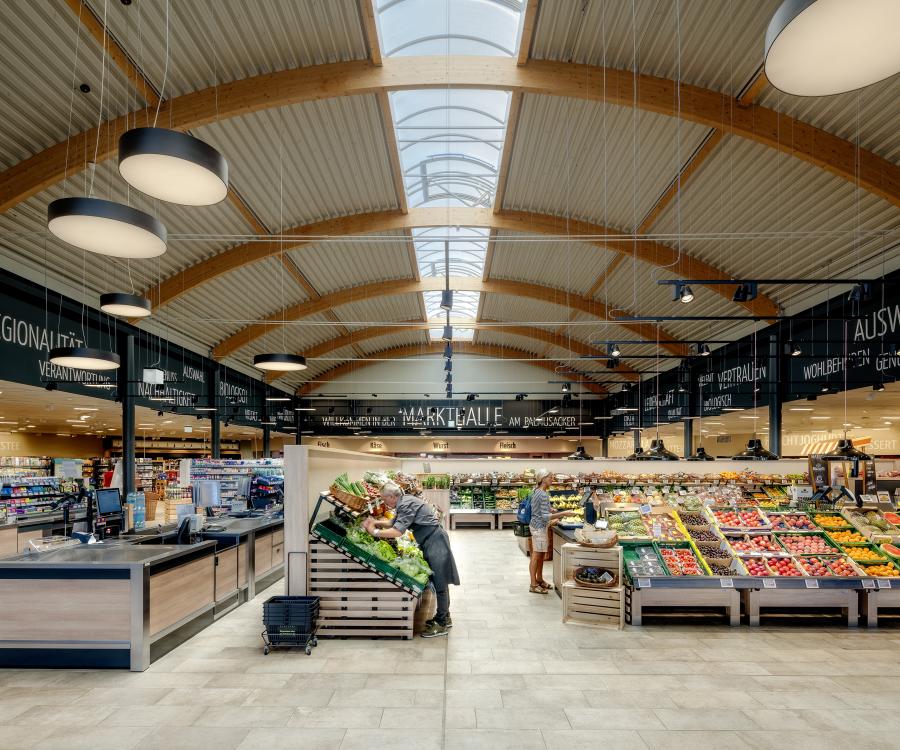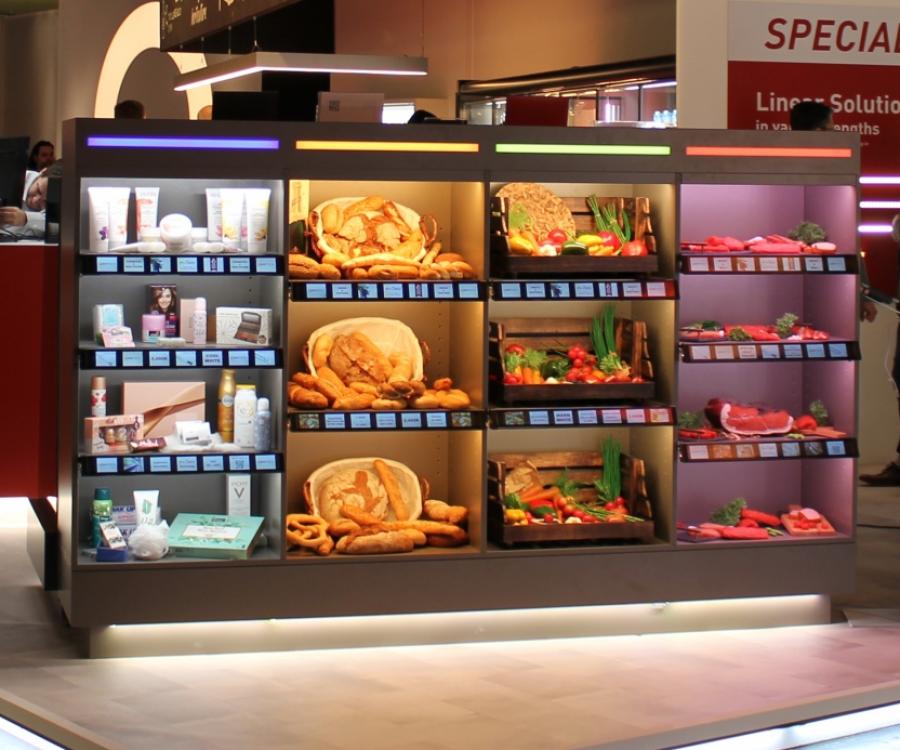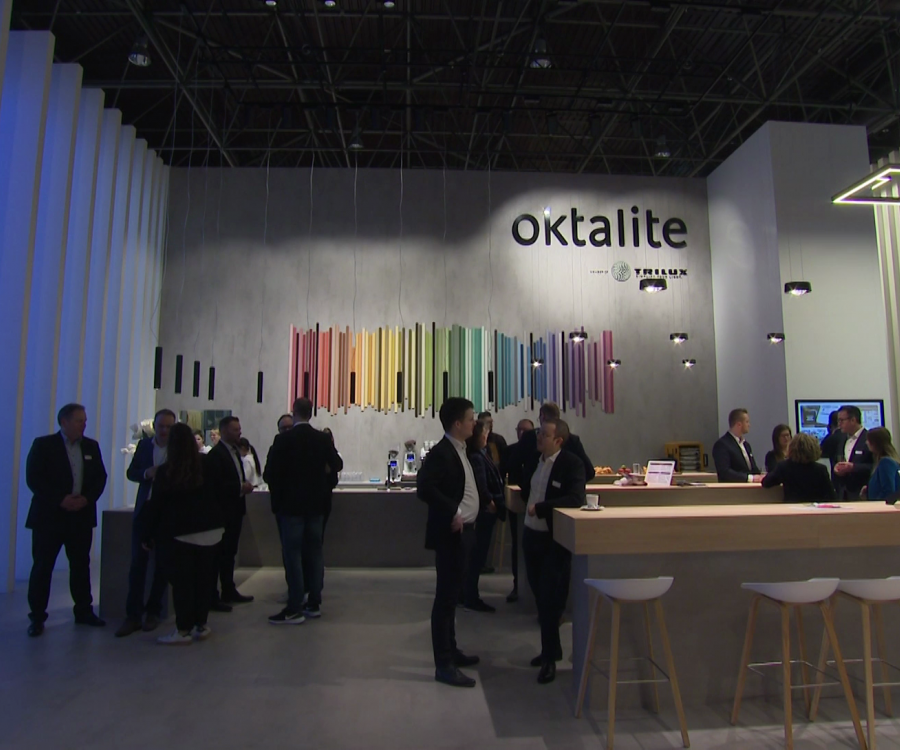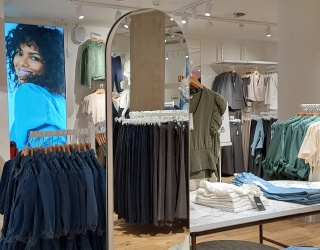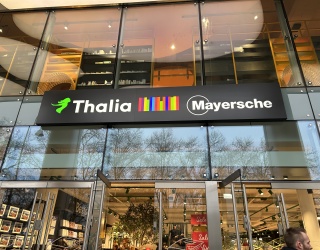Lighting design has become a much-appreciated design element in shopfitting to increase sales at the point-of-sale. Especially in supermarkets, a harmonious lighting concept can attractively stage all product sectors. LED lighting solutions make everything even more affordable and flexible.
Now the major discount stores have also made it their focus: by the year 2019, Aldi South, for instance, will remodel all of its stores with a new store concept. A modern appealing store design featuring a wood look, new shelf systems and product layout is designed to attract customers. Lighting is also a major emphasis. Automatic light modulation and suspended luminaires for areas like the produce department are being utilized.
Franz Heckmanns, Head of Sales and Member of Management at Ansorg, thinks remodeling is a logical step. "The major discount grocery chains have now also understood that offering affordable products alone is no longer enough to attract customers into their stores. Now they need a modern design – with an attractive and modern lighting concept." Aldi most likely is responding to a recent drop in sales with a more intricate design.
"Lighting is the most important communication tool. And the primary objective at the POS is to increase sales." (Franz Heckmanns, Ansorg)
Even though discount stores have just now attached more importance to lighting, conventional supermarkets have already recognized its possibilities for quite some time. Michael Flögel, Marketing Director for Object, Store and Interior design at ELEKTRA, says, "The subject of lighting has considerably changed over the past 15 years. By now, every retailer or store owner knows that products need to be individually staged, regardless of whether this pertains to fashion, food or non-food items. Lighting is one of the most important elements in today’s merchandise presentation and retail world."
He adds that the technological development played a crucial role in this. "After lighting concepts that featured fluorescent materials and halogen, LED technology now makes it possible for us to use highly energy efficient lighting technology. Our customers focus on energy efficiency, life expectancy and maintenance costs where LED technology provides clear advantages," explains Flögel.
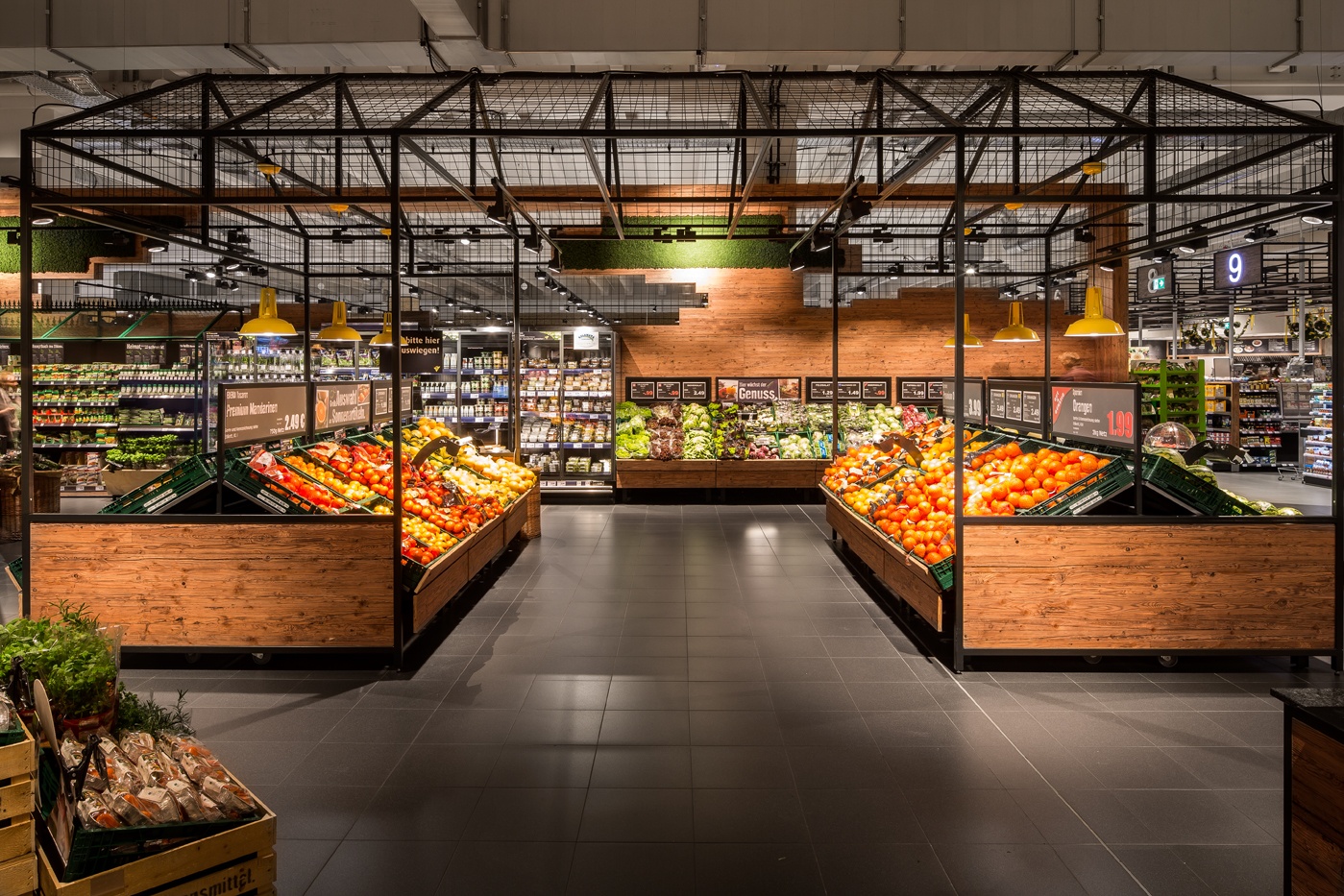
"Like sunshine in October" – the right color for every area
It’s not only the economic characteristics that present an advantage for shopfitters. Defining the product choices with different luminous colors is a key design element in supermarkets. LEDs with continuous color temperature control cover a spectrum from 2700K to 6400K (the color temperature is expressed in Kelvin (K), ranging from warm white to daylight color) so that the luminous color can be adjusted based on the products. Franz Heckmanns has seen the rise of LEDs first-hand and says, “Supermarkets were among the first retail stores that quickly recognized the advantages of LEDs for their sector.“ Especially over the past 24 months, the cost of LED-based lighting systems has dramatically decreased in price to where there is virtually no difference compared to other light sources.
In his opinion, the lighting of the different product categories in the supermarket should reflect the interpretation of customers on what makes merchandise particularly attractive in their eyes. Like in the produce section for example. “In our experience, fruits and vegetables are best featured in brighter, warm light like sunshine in October; bakeries and cheese departments use light that’s more in the yellow range in contrast to the frozen food section for example. Opinions differ when it comes to meat counters: while the Central European customer prefers to see meat in red tones, other countries disagree. The challenge here is to showcase the merchandise in the most positive light but not to misrepresent it,“ emphasizes Franz Heckmanns.
Not only the lighting sources but also the installation techniques are becoming increasingly more flexible. For its client Storebest, for instance, ELEKTRA has developed the lighting of a module to present magazines in retail. Michael Flögel adds, "What’s unique is the flexible busbar system that enables retailers to individually adapt the shelf and always illuminate magazines evenly, brightly and glare-free in various positions."
Light planning from the start
To lighting experts, lighting is the most important tool for communicating with the customer. The psychological effect is scientifically proven and can, therefore, be purposefully yet subliminally utilized in design. Lighting in the entryway should draw customers in and have an inviting effect – the aisles need to be illuminated to offer orientation. Every area has specific requirements concerning impact and design of the lamps.
That’s why lighting should also be incorporated into the store design from the start. Franz Heckmanns emphasizes, "Mere lighting innovation doesn’t make sense but should always take place in the context of a renovation. It is crucial to coordinate lighting with visual merchandising and invite customers on the journey. Of course, this strategy requires high investment costs – but supermarkets are under enormous competitive pressure."
Increasing customer loyalty through a harmonious shopfitting concept in which lighting plays an important part subsequently appears to be a great way to keep up with the market.



